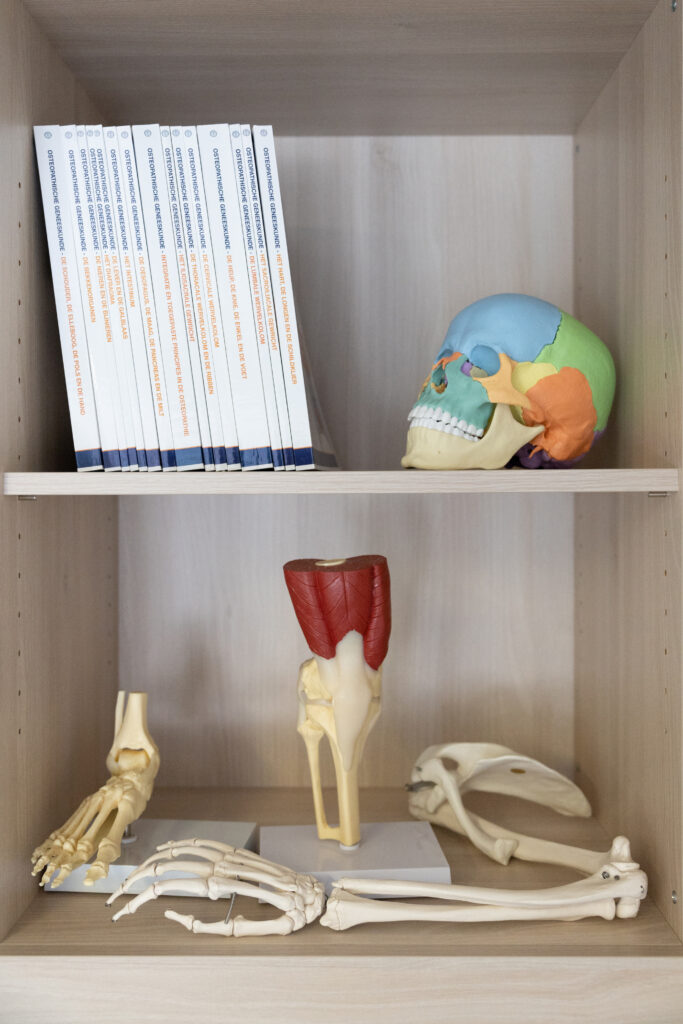Applied kinesiology

What is applied kinesiology?
In applied kinesiology, the focus lies on identifying and understanding the patient’s primary problem (therapy localisation), rather than merely addressing the symptoms. This provides clear insight into the interconnections within the body. Through this practical cause-and-effect approach, the therapist can more quickly determine which structures cause the greatest disturbance and how this impacts the rest of the body. By treating the actual cause, we see an immediate restoration of function and a significant improvement in patients’ complaints.
It offers the osteopath additional tools to look beyond the symptoms and address the true cause of recurring issues. It is integrated into the general osteopathic examination and thereby helps in making more effective decisions regarding the treatment plan.
A crucial aspect is the use of muscle testing. This is an effective method that provides feedback from the body and supports the healing process. Muscle testing can assist in detecting and treating, among other things, digestive issues, headaches, muscle pain, allergies, skin rashes, fatigue, and nerve pain.
The focus of muscle testing is not on muscle strength, but rather on how the nervous system controls the muscles, also referred to as functional neurology. Functional disorders do not arise from physical damage (such as tumors) but from altered physiological processes, such as poor digestion or a weakened immune system. Applied kinesiology views this as a signaling problem and focuses on restoring balance, often through nutritional advice or manual techniques.
